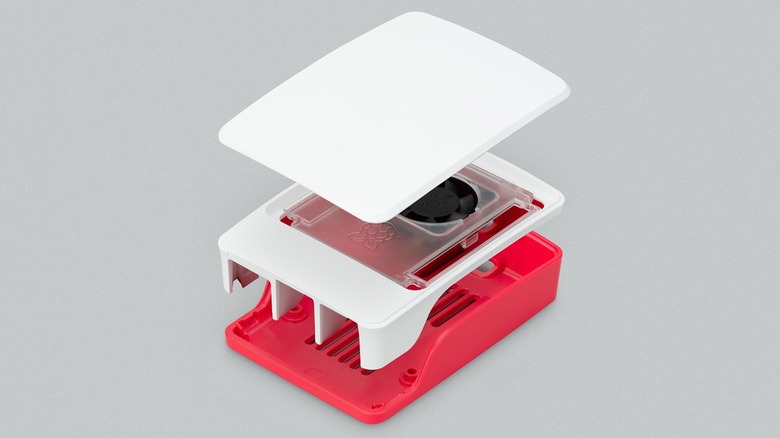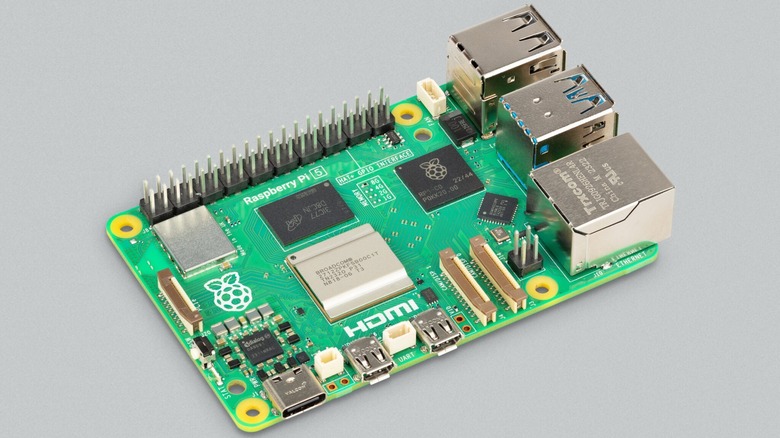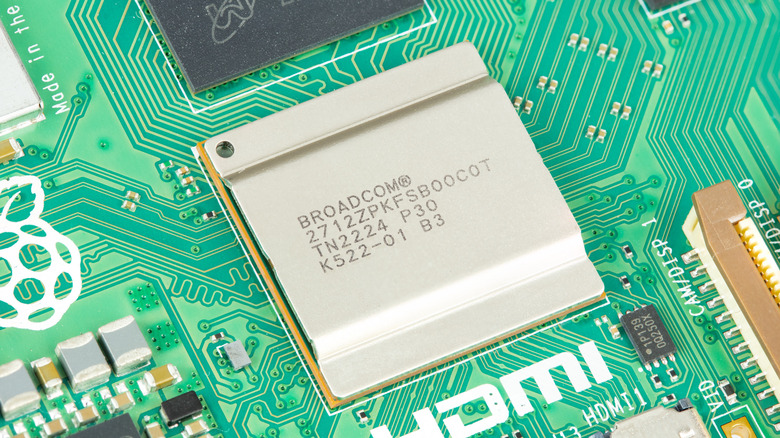Raspberry Pi 5 Revealed As 'Radical Overhaul' For Platform - Here's What's New
The Raspberry Pi is a credit-card-sized, single-board computer (SBC) developed by the Raspberry Pi Foundation. Originally launched in 2012 with the aim of making computing more accessible and affordable, Raspberry Pi computers have since become popular among hobbyists, educators, and businesses alike, thanks to their versatility, affordability, and ease of use.
Announced on September 28, 2023, the Raspberry Pi 5 is the latest generation of the Raspberry Pi platform and succeeds the Raspberry Pi 4 series — which has been around for over four years now, launching in June 2019.
As expected of a new-generation Raspberry Pi, the Raspberry Pi 5 features a number of upgrades over its predecessor, including a faster CPU and improved connectivity. The Raspberry Pi Foundation also claims that the latest Raspberry Pi is over twice as fast as its predecessor. Additionally, it is also touted as the first Raspberry Pi computer to feature a processor that was designed in-house.
The Raspberry Pi 5 will be available in two models: a 4GB variant priced at $60, and an 8GB variant that will go for $80. Breaking tradition, the Raspberry Foundation has announced the Raspberry Pi 5 before actual availability, and while buyers can place pre-orders for the same, the product will only be available for purchase toward the end of October 2023. Alongside the device, the foundation also announced that it will launch an updated Raspberry Pi OS in mid-October.
Raspberry Pi 5 vs. Raspberry Pi 4: What has changed?
The Raspberry Pi 5 offers a number of significant improvements over the Raspberry Pi 4, starting with the all-important CPU. While sticking to the ARM-derived design, the Raspberry Pi 5's new Cortex-A78 CPU is significantly faster than the Raspberry Pi 4's Cortex-A72 CPU. This means that the Raspberry Pi 5 can handle more demanding tasks, such as running multiple applications simultaneously or compiling code, much faster than the Raspberry Pi 4. For graphics, the device uses Broadcom's VideoCore VII GPU, with support for OpenGL ES 3.1 and Vulkan 1.2.
Like the Raspberry Pi 4, the new model comes in 4GB and 8GB RAM options. What has changed this time around, though, is that the newer model uses LPDDR4X-4267 SDRAM instead of LPDDR4-3200 SDRAM. The faster RAM type should let the Raspberry Pi 5 handle more memory-intensive tasks, such as running virtual machines or editing large video files, much more easily than the Raspberry Pi 4.
Another area of improvement is the connectivity department. The Raspberry Pi 5 features a number of improved connectivity options, including dual-band Wi-Fi 6, Bluetooth 5.2, Gigabit Ethernet, a microSD card slot with support for high-speed SDR104 mode, 2 × USB 3.0 ports supporting simultaneous 5Gbps operation, and 2 x USB 2.0 ports.
Expanding the Raspberry Pi 5 ecosystem
Most Raspberry Pi users are aware of its large and thriving ecosystem of accessories, including cases, coolers, power supplies, cameras, and more. There is a wide range of accessories available to customize the Raspberry Pi for your specific needs. The Raspberry Pi 5 is no exception, and the foundation has already detailed the list of accessories that will be available for purchase upon launch.
Perhaps the most significant change is the brand-new Raspberry Pi 5 Case 5 that features a new design and improved thermal performance. Raspberry has lengthened the case, and it is now possible for users to use a Raspberry Pi 5 board without removing the SD card. Buyers also get the option to add an optional $5 active cooler that will aid in running intensive applications without the worry of thermal throttling.
While the Raspberry Pi 5 consumes significantly less power than its predecessor, the more powerful processor does offer a higher performance ceiling. That is why the overall peak power consumption on the Raspberry Pi 5 is higher (12W) compared to that of the Raspberry Pi 4 (8W). While consumers have the option to get the machine with a standard 15W USB-C power adapter, anyone intending to do work with multiple power-hogging peripherals will likely need to upgrade to the 25W USB-C power adapter.
In addition to these changes, the Raspberry Pi 5 also gets a new display cable for the Raspberry Pi 5 that can be used to connect it to a variety of displays, as well as a PoE+ HAT that gives the Raspberry Pi 5 an ethernet connector.


